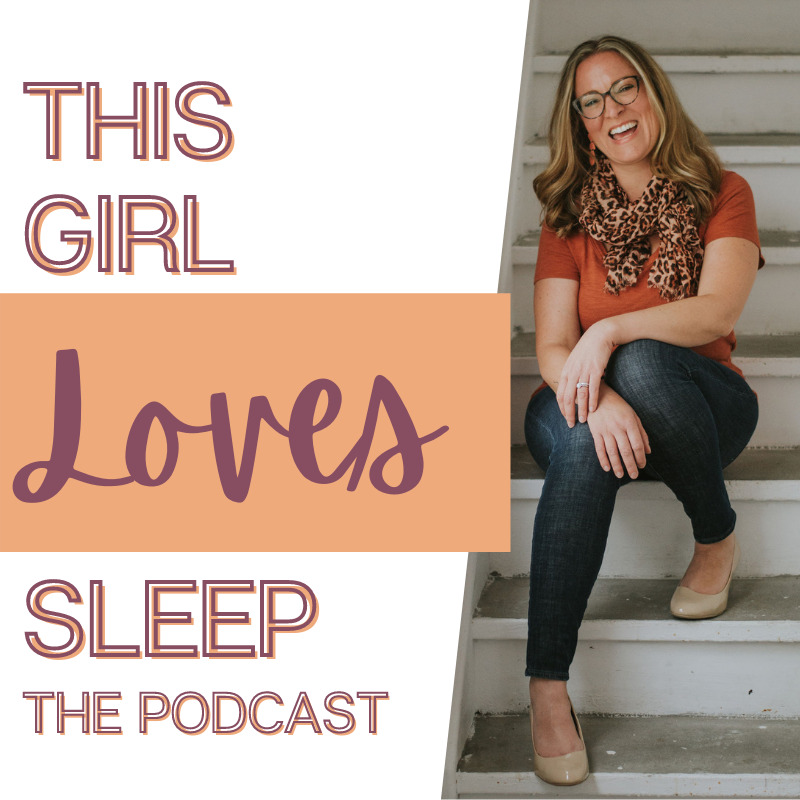Do you have a sensitive sleeper on your hands?
I have a sensitive little sleeper in my family. And while I was fully aware that variance in sleep sensitivity was possible from one child to the next, it was not until I had one in my own family that I fully understood the true meaning of the phrase.
Sign Up For Our Newsletter
What Is A Sensitive Sleeper?
A baby, toddler or child who is a sensitive sleeper is more susceptible to changes in their sleep environment, routine or schedule and/or one whose sleep easily diverts from its solid (or otherwise) foundation during times of change or transition.
I should clarify that within this definition, in no way am I implying that the sensitivity of a baby/child to sleep should serve as an excuse for bending the rules with respect to sleep expectations. Sensitive sleeper or not, it is still reasonable to have the same age-appropriate sleep goals for these sensitive little beans and to strive for a routine that compliments their natural sleep drive as we would for any baby/child.
Our littlest has been a sensitive little soul right from the get-go. Whether sleep, feeding, environment, or attachment related, she was never one to go with the flow. She likes things just so, isn’t a fan diverting from routine, thrives on predictability and should a breeze blow in a direction that she is not comfortable with, she will surely let you know. Along the way, through some trial and error, we have learned what her “threshold” is and how far we can divert from the sleep path (80/20 rule) before all heck breaks lose.
How To Help Sensitive Sleepers
- Predictability in their schedule. Once your little one has reached 4+ months of age, it’s the ideal time to start offering sleep in a way that compliments their natural sleep rhythm. Consistency from one day to the next is key. So rather than watching for sleepy cues and awake windows, your goal is now to catch the sleep waves that organically occur throughout the day and at bedtime.
- A reliable nap and bedtime routine. Babies and toddlers learn through pattern and repetition. Baby smiles when you smile at her, baby waves when you wave at her. Toddler sees you put keys in the door, toddler tries in vain to break your key while still in the lock that they jammed it into – ha! Capitalize on this inherent way of learning and send a consistent message that sleep is on the horizon. This process works beautifully for our more sensitive sleepers. They can rely on what is coming next, feel comforted in the process and ultimately be more accepting of sleep. Practice makes perfect in this regard, so don’t be too hard on yourself if it takes some time to carve out a routine that feels natural to you and is mindful of your little ones temperament.
- Consistency with their sleep environment. Not always an easy one for babies/toddlers who are cared for out of the home, but let’s start with where they sleep the majority of the time. A cool, dark and quiet environment that is free from visual distractions (mobile, lights on the ceiling, an abundance of toys in their bedroom) is ideal. If our objective is sleep, then the environment needs to support that. Sensitive sleepers may be easily distracted from this task depending on their age or level of social engagement and regardless, will thrive on a sleep environment that is the same day in and out. When travelling or attending daycare, do your best to bring the sleep environment on the road with them.
- Patience. Whether transitioning from two naps to one, navigating sleep disruptions due to cognitive/mobility leaps (language, crawling, standing, etc), getting back on track after a vacation or even a time change, we need to exercise patience with our sensitive sleepers. It may take them an extra day or two to get back on track, a little extra time to transition. Regardless of the time that it takes, the most important tactic that we can employ is patience. If you have confidence that the timing of sleep, sleep environment and your expectations around sleep are appropriate for their age and development, then holding steady with your response and all of the above is your best course of action.
Having just weathered the 18 month sleep regression (storm) in our household, I can speak from experience that having a sensitive sleeper can make things just a touch trickier. I needed to be aware of the days when an earlier than typical bedtime was called for, to be mindful that it was not the ideal time to be deviating from her schedule and to remember that this too shall pass
Written by Good Night Sleep Site Consultant.
Good Night Sleep Site provides free child and family sleep support through Facebook, Twitter, and Instagram. We invite you to join our sleep community as we work towards Good Night Sleep Site’s mission of a healthier rested family unit. For more sleep tips, subscribe to our newsletter and visit Good Night Sleep Site.










